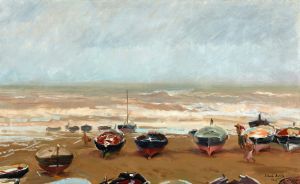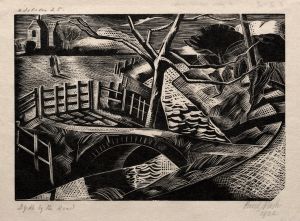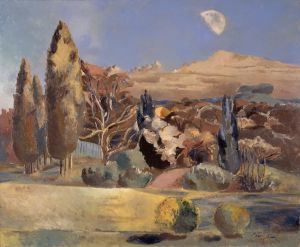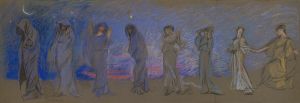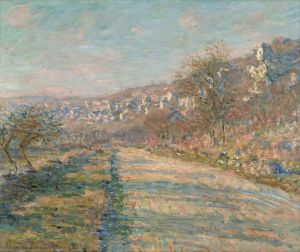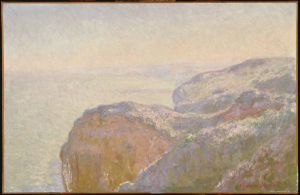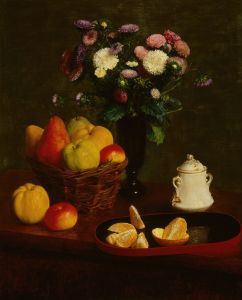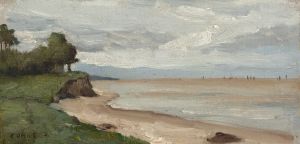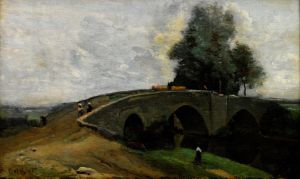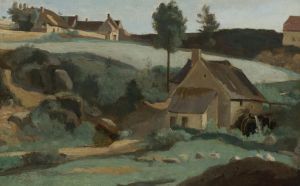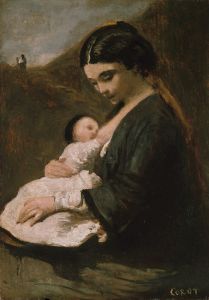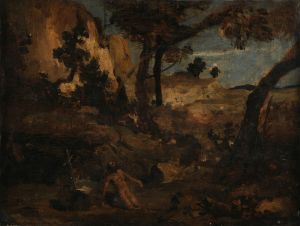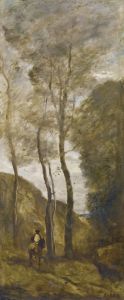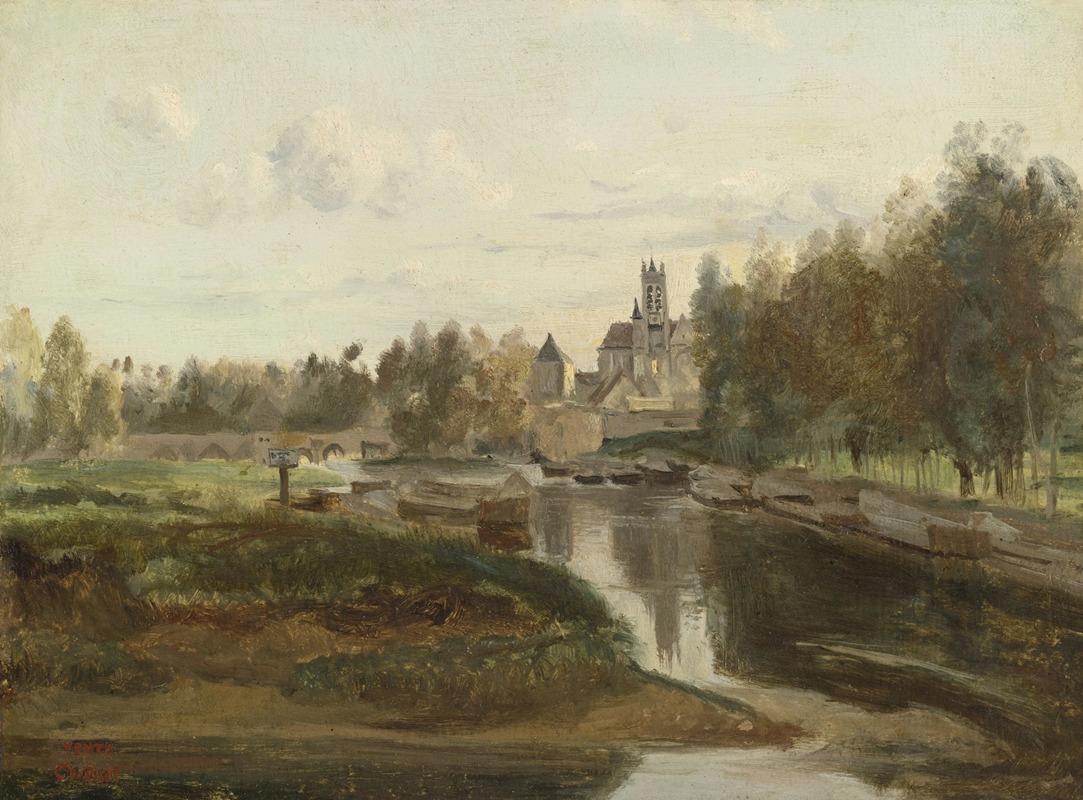
Vue de Moret-sur-Loing
A hand-painted replica of Jean-Baptiste-Camille Corot’s masterpiece Vue de Moret-sur-Loing, meticulously crafted by professional artists to capture the true essence of the original. Each piece is created with museum-quality canvas and rare mineral pigments, carefully painted by experienced artists with delicate brushstrokes and rich, layered colors to perfectly recreate the texture of the original artwork. Unlike machine-printed reproductions, this hand-painted version brings the painting to life, infused with the artist’s emotions and skill in every stroke. Whether for personal collection or home decoration, it instantly elevates the artistic atmosphere of any space.
Jean-Baptiste-Camille Corot, a pivotal figure in landscape painting, is renowned for his contributions to the Barbizon School and his influence on the Impressionist movement. One of his notable works, "Vue de Moret-sur-Loing," exemplifies his mastery in capturing the serene beauty of the French countryside. Painted in the 19th century, this artwork reflects Corot's dedication to plein air painting and his ability to convey the subtleties of light and atmosphere.
"Vue de Moret-sur-Loing" depicts the picturesque town of Moret-sur-Loing, located in the Île-de-France region, not far from the Forest of Fontainebleau. This area was a popular destination for artists of the Barbizon School, who sought to escape the confines of urban life and immerse themselves in nature. Corot, known for his poetic landscapes, often visited such locations to find inspiration and to paint directly from nature.
In this painting, Corot captures the tranquil essence of Moret-sur-Loing with his characteristic soft brushwork and muted color palette. The composition is balanced, with the town's architecture harmoniously integrated into the surrounding natural environment. The Loing River, gently flowing through the scene, reflects the sky and the buildings, creating a sense of unity between the elements. Corot's use of light is particularly noteworthy; he skillfully renders the diffused sunlight, which bathes the scene in a gentle glow, enhancing the peaceful atmosphere.
Corot's approach to landscape painting was innovative for his time. He often worked outdoors, directly observing the changing effects of light and weather, which allowed him to capture the transient qualities of nature. This method was a departure from the more traditional studio-based practices of earlier landscape artists. Corot's emphasis on capturing the mood and atmosphere of a scene, rather than focusing solely on topographical accuracy, paved the way for the Impressionists, who admired his work and were influenced by his techniques.
"Vue de Moret-sur-Loing" is a testament to Corot's ability to blend realism with a sense of lyrical beauty. His paintings often evoke a sense of nostalgia and tranquility, inviting viewers to pause and appreciate the simple yet profound beauty of the natural world. This particular work, like many of Corot's landscapes, reflects his deep appreciation for the French countryside and his skill in translating its essence onto canvas.
Corot's legacy as a landscape painter is significant. He is often regarded as a bridge between the classical tradition of landscape painting and the emerging modernist approaches of the late 19th century. His influence is evident in the works of later artists, including Claude Monet and Camille Pissarro, who admired Corot's ability to capture the fleeting effects of light and atmosphere.
In summary, "Vue de Moret-sur-Loing" by Jean-Baptiste-Camille Corot is a quintessential example of his landscape artistry. Through his delicate brushwork and keen observation of nature, Corot creates a scene that is both realistic and imbued with a sense of poetic tranquility. This painting not only showcases Corot's technical skill but also highlights his role as a forerunner of modern landscape painting, influencing generations of artists who followed in his footsteps.





